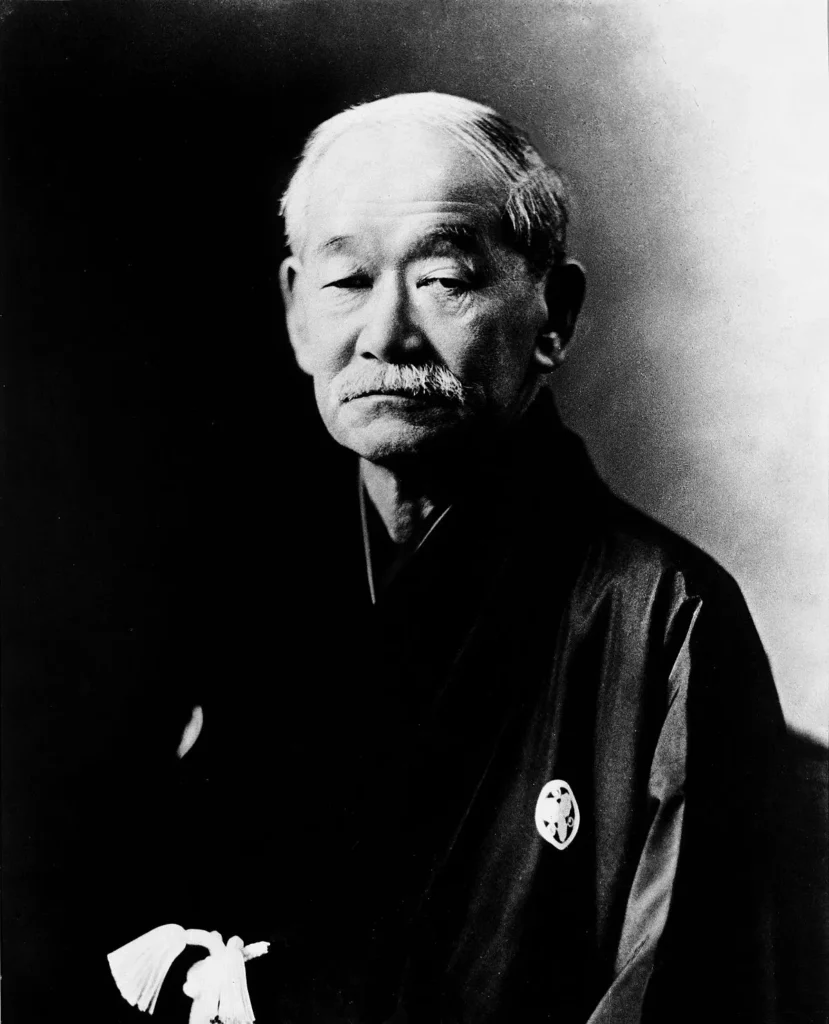A Brief History of Judo
Judo literally translates as ” the gentle way”. It is a martial way that was founded in 1882 by Dr. Jigoro Kano (seen in the photo). Kano formulated Judo from styles of Jujutsu that he had studied. In Japan at this time many changes in society were occuring because of western influences. A major change was the overthrow of the Shogun and the reinstatement of the emperor in what is known as the Meiji restoration.

Dr. Jigoro Kano
One manifestation of this change was the decline of the warrior class known as the samurai or bugei. Up until this time, the warrior class could kill another for the slightest offense. In the case of the peasant class, this usually meant oppression and immediate death for minor offenses. After the Meiji restoration this type of behavior was not supported and the carrying of swords was outlawed. This led to a decline in Jujutsu styles whose main function was martial. In this atmosphere, Kano (and others of other martial arts), changed the emphasis from purely physical to spiritual endeavors. Hence the change in name from Jutsu (art or technique) to do (path or way); same as the Chinese word tao. Kano meant Judo to be both physical training as well as a path towards building good moral character and spirituality. Part of Kano’s vision for Judo was for it to be a guide in all aspects of life and lead to greater harmony. This is reflected in one saying from Judo, “maximum efficiency with minimum effort for the mutual welfare and benefit of all”.
Today Judo is practiced both as a sport and as an art. Judo was accepted into the Olympic games in 1964 and since that time, most dojo for Judo emphasize the competitive aspects.